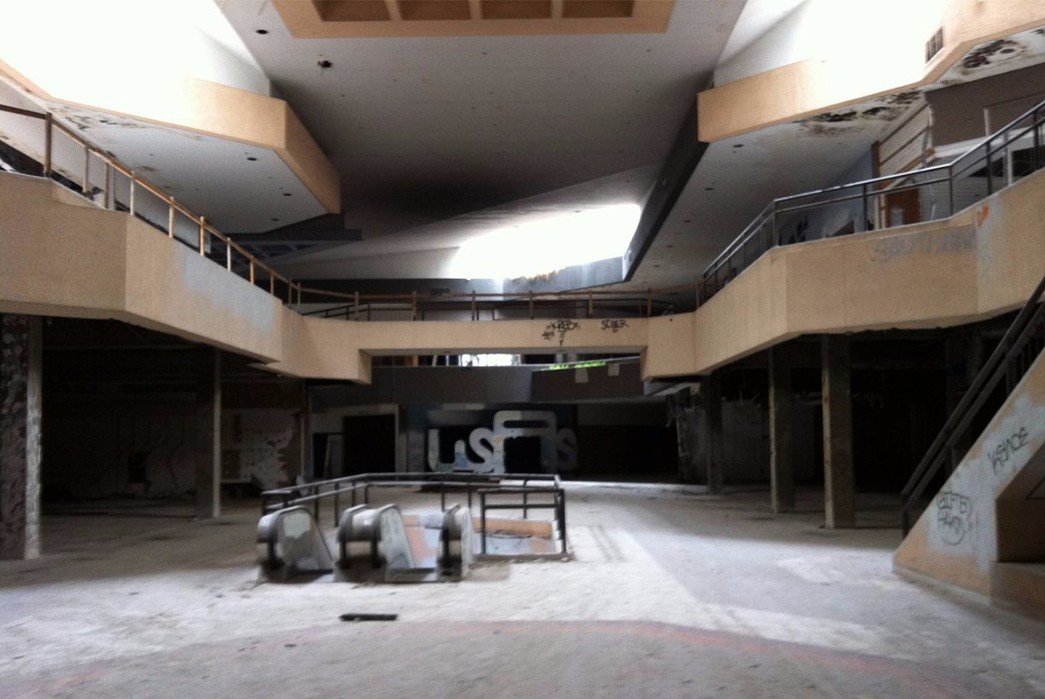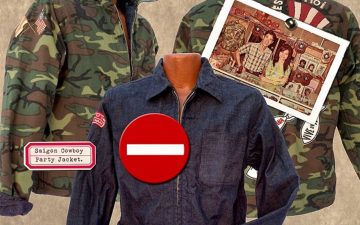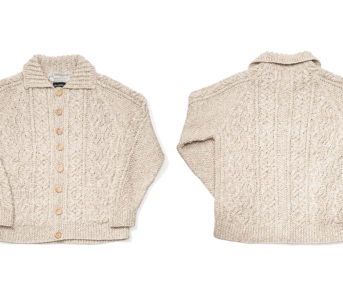When we released our first piece on the CARES Act, it was with guarded optimism (and bated breath) that we awaited the economic stimulus package’s results. Especially for the Paycheck Protection Program, that $349 billion portion of the bill devoted to helping small businesses.
By the time the money ran dry, barely two weeks after applications opened, it became clear that very little that the CARES act had promised had been fulfilled. Once the dust settled and the lawsuits began rolling in, the profound flaws in the plan, that many had overlooked, came right to the fore.
“Small Business”
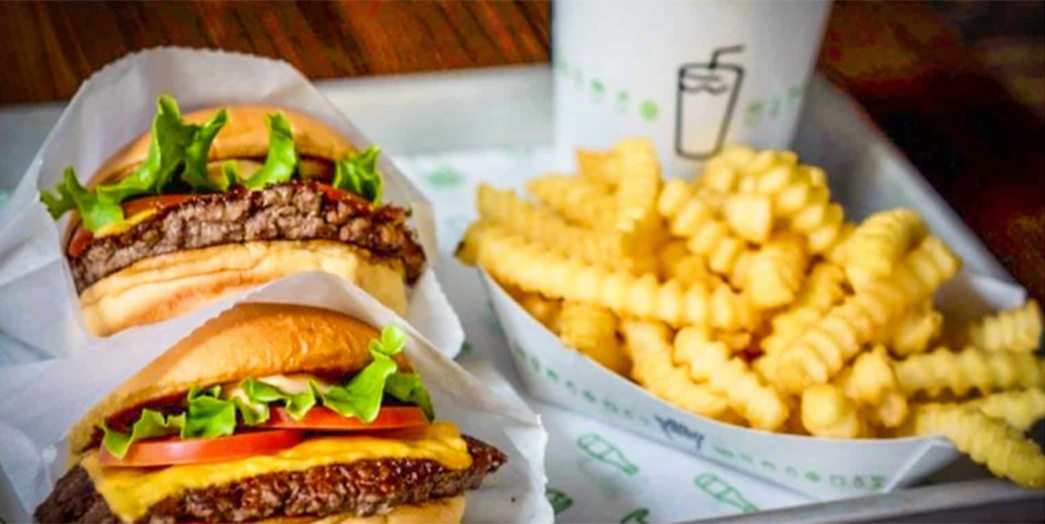
Shake Shack returned a $10 million government loan, when public outcry reminded them they’re not really a small business. Image via Spring Happenings.
According to the US Treasury, ultimately 1,661,367 loans were granted, to the tune of about $342 billion. The majority of the loans awarded were under $150k, but not only was the amount ultimately insufficient, the distribution system was profoundly flawed.
Jason Pecarich, the proprietor of Division Road Inc. noticed one of the major flaws in the Paycheck Protection Program almost immediately, “The first thing that was interesting to me, was five hundred employees per location… so it wasn’t even really for small business, so that was the first red flag to me.”
Unlike Pecarich, few people had the patience to read the 70 page document or had access to the bill and for many, it wasn’t until the government began granting huge loans to franchises like Shake Shack and even the L.A. Lakers, that this loophole began to concern the wider populace (Shake Shack and The Lakers returned their loans after public outcry).
As though the 500 employee limit wasn’t loophole enough, even larger companies began receiving tens of millions in aid money. It soon became clear that the common-parlance understanding of a small business was drastically different than that used by the federal government.
In 2016, the federal government changed the definition of a small business by raising the employee ceiling, after which, any company with up to 1,500 employees could be considered “small.” Music publishers, breweries, cruise lines, steel plants all qualified for millions in loan money even though they had almost double the widely-publicized 500 employee limit.
Helen Wade, the owner of The Stockist boutique in Salt Lake City was doing her best to stand by her two employees, but the news was discouraging. “It was frustrating watching all the big businesses that got this money, like ‘Oh this business got 10 million and that business got 30 million,’ I really only needed a [couple] thousand dollars and we’re giving chunks of millions to all these businesses? It’s bananas.”
But it wasn’t just the size of the businesses that affected the distribution of the money, it was also the distributors themselves: the banks.
“First Come, First Serve”
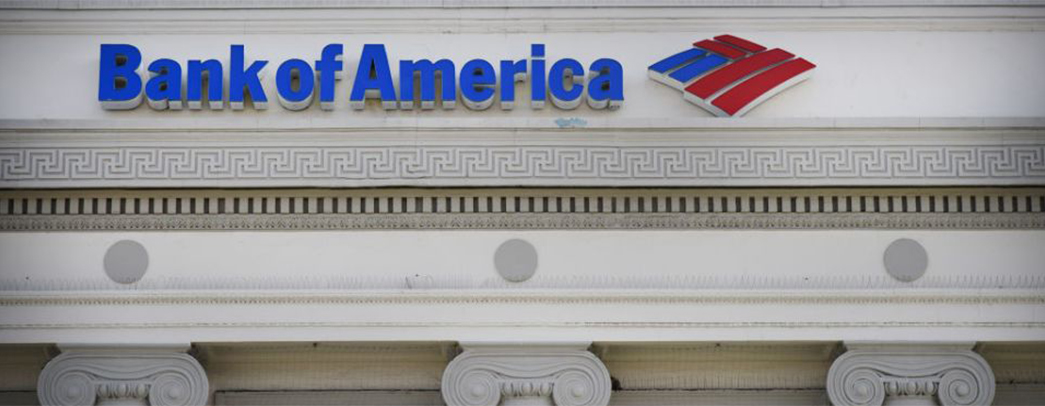
Bank of America. Image via Bloomberg.
Although the Small Business Administration ruled that the applications for the Paycheck Protection Program be handled on a first come, first serve basis; that didn’t happen. Extensive reporting as well as several lawsuits allege that banks prioritized their largest clients in order to collect substantially larger fees and misled their smaller clients in the process.
Miranda Malloy, co-owner of Snake Oil Provisions, despite a total lack of information from her bank, was ready to apply for a loan as soon as it was allowed:
“We contacted Bank of America and they legit told us that were not handling SBA loans, which is a lie… then we contacted Wells Fargo, because we had a small line of business credit. So we did have a relationship with them and they said, ‘You can’t work with us on SBA or PPP. You have to go to a bank where you’re an account holder.’ So it was like putting it back to Bank of America who flat-out lied and said we’re not handling it.”
When asked if he had felt lied to, Pecarich agreed. “Oh sure, yeah. A lot. We were with Wells and the clear fact that they’ve been one of the worst in terms of dealing with PPP is well-documented. But, a lot of people that I’ve talked to with Chase or B of A had the same experience of little or incorrect information, and of course no processing of their applications.”
What hadn’t been clear when the Paycheck Protection Program was enacted was just how much the participation incentives to financial institutions would figure into the granting of loans. Although banks got a larger cut on smaller loans (up to 5%), the largest loans could accrue a 1% participation fee, which would, of course be substantially larger on a larger loan.
According to NPR, banks received $10 billion just in fees and according to accusations leveled in lawsuits, banks spent the first eleven days of the program, prioritizing their largest clients and therefore making the highest origination fees.
“I mean, the SBA should have kept these loans on their balance sheets,” said Pecarich, “I can’t really fault the banks in this, it’s really the government and small business administration that really dropped the ball in setting up something that would give assistance or be the lifeline that businesses really needed.”
Wade was more charitable about her bank’s conduct, but discouraged nonetheless. “It was the most frustrating experience of my life. Just, because I think the banks didn’t know anything either. They got all this stuff thrown at them too.” She, like many other small business owners, uploaded all her information as soon as the link was available, but she was told a glitch in the system erased it all.
By the time her bank confirmed they’d lost her first application and Helen had applied a second time, the PPP funding was officially exhausted.
“There were a lot of bad words that came out of my mouth,” Wade said.
Word of Mouth
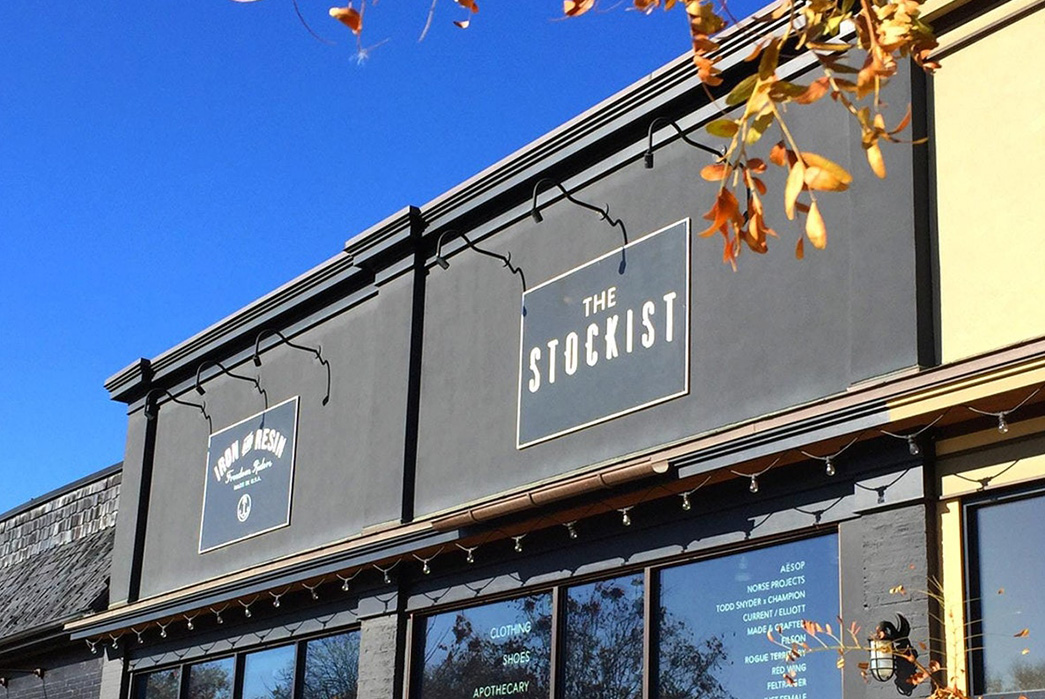
The Stockist. Image via On the Grid.
In the midst of the fiasco, information was so limited that small businesses had to rely on one another for information. “It was all about colleagues,” says Malloy, “sharing information with each other and not at all about our banking institutions or anyone else reaching out to us.”
With official resources scarce and bank employees either ill-informed or blatantly lying, it was nigh impossible to know which institutions might offer the best chance of receiving a loan.
Malloy elaborates on the importance of her small business network,
“We started realizing through our colleagues, after the first round of funding went to mostly big business, that we needed to apply, not at our big institutions, but there was a list that was floating around internally among colleagues of several smaller banks that were actually proven to have awarded PPP or loans to small businesses.”
Pecarich echoed this, explaining that the businesses he knew that did receive the loan, did so through smaller local banks and credit unions. Despite similar stories swirling in her circle, Wade stuck with her main bank, US Bank, even after they lost her application and she finally heard good news. “I checked my email and we got approved for it Friday night, which is awesome because I’d thrown in the towel.”
But even though Wade received the loan, the lack of transparency over the course of the process makes her worried about the future as well. “I think we’re going to be misled on the forgiveness and how to get the loan forgiven. So I’m very hesitant even though we got the money. Should I use this? Or should I just hold it in the account and just send it back to them when they say it’s time to pay it back?”
Malloy also received a last-minute PPP loan, albeit a very small one, from PayPal. She too is now grappling with the unspoken fine print. Namely that 75% of the loan must be used on payroll in order to be forgiven, “Since it could be very hard to use 75% on payroll only unless there’s a very large staff, the business is planning to hire new/ additional staff, etc. There’s a ton of fine print that is not communicated. Hopefully anyone who does receive loans also has VERY skilled tax and financial advisors to help navigate this process.”
With a great many strings attached, it’s increasingly clear that the PPP loans weren’t the silver bullet to the covid crisis we had hoped. But without strong leadership, clear communication, and sympathetic institutions at our backs, how were folks to know?
Small Businesses Keep Us Safe
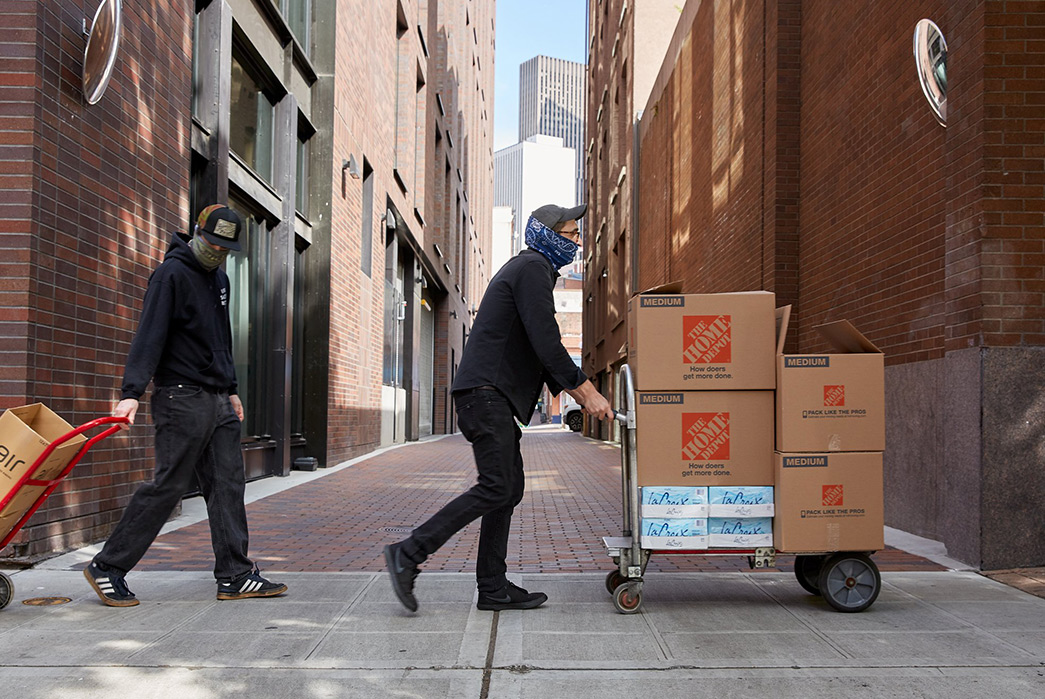
Division Road Inc. for their “Feed the Need” initiative. Image via Division Road.
This looming uncertainty extends beyond the paycheck protection program and bleeds into all facets of running a small business. The re-opening process is unclear and it seems largely up to the individual business to choose how they wish to turn back towards normalcy.
Pecarich says, “There are basic necessities to solve the problem, which is the health impact, to flatten the curve, provide PPE, testing, etc. These basic things aren’t being done by the same government that is forcing us as citizens, employees and employers to take the initial and long-lasting responsibility… We’re the ones that are losing our jobs, closing our businesses, and bearing the big burdens.”
Now, small businesses must bear a new burden: reopening their shops in an uncertain climate – and perhaps risking their employees’ health in doing so. Malloy explains, “There’s a lot of pressure in the neighborhood and in the local government to get businesses open ASAP and without really much regulation. Like, in our neighborhood there’s zero policing of the mandate that LA County has put out.”
Some government bodies: state and federal, have discussed a phased reopening of the country, but the information is muddled at best. “I think a lot of business owners, small and big, are left to their own devices to figure that out,” says Pecarich,
“If we’re really trying to contain this virus, it’s irresponsible that the government isn’t giving us those guidelines, not to mention resources in order to execute. Even retroactively, clarity is not there. Those who are being responsible businesses owners in all of this are having to figure out what each operation model looks like, with vague guidance, which changes daily. Small businesses actually have that nimbleness to change on the ground, but [fewer] resources.”
Wade echoes the others’ frustration, “I don’t wanna sound like a dick, but I think we’re not getting the information we need. It’s very confusing. Our governor is gonna say one thing and our mayor is gonna say another thing and our councilman is going to say something else…. what can we do? What can’t we do? What should and shouldn’t be shut down?”
The wheels of power keep turning, desperately trying to return the country to something resembling normalcy, even without a vaccine—or seemingly any cogent plan. In the current power vacuum, with no clear authorities calling the shots, our communities have a life-line—these very same small businesses.
Our Concentric Circles
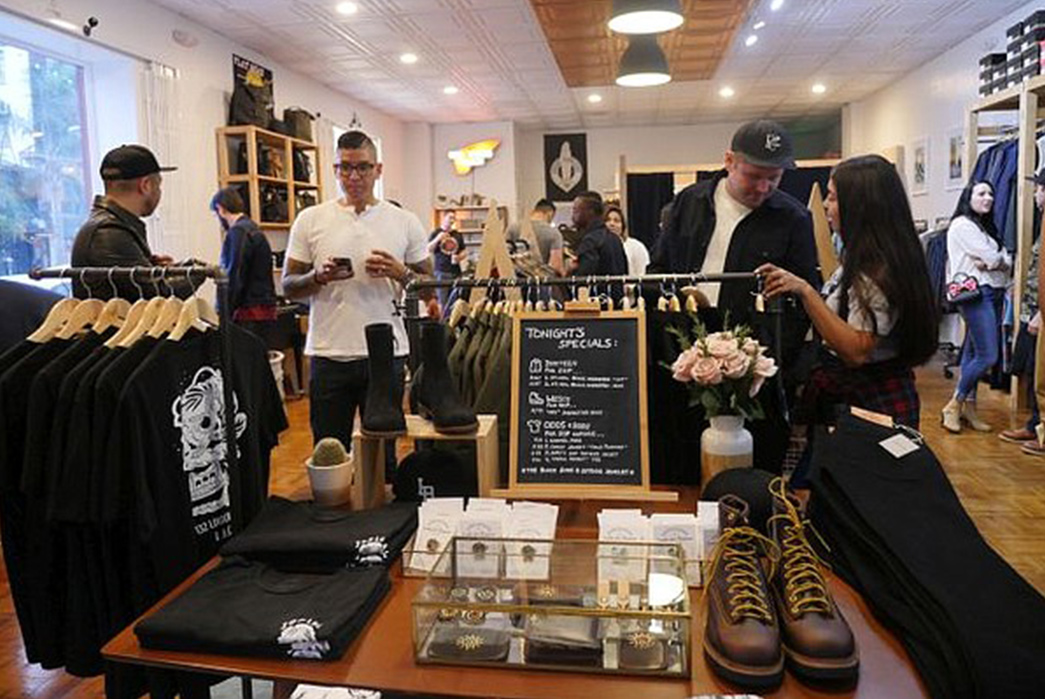
A pre-covid gathering at Snake Oil Provisions. Image via California Apparel.
Small businesses have always had to be flexible and savvy, but never more so than now. Getting one’s business totally online is no small feat and many retailers have turned that transition around in record time. Malloy says, “I think this is a period that will be defined by how creative and adaptable people are.”
This creativity and adaptability are being harnessed to re-open businesses in the most cautious, thoughtful way possible. Because unlike huge franchises or the big banks, these small businesses feel a responsibility to their community.
“Small businesses,” Wade explains, “have taken a more active role in keeping the community safe and healthy and we have put our employees first… we’re like, ‘No, it’s too soon.’ I think we respect the situation and the community a little more than those big stores that are like, ‘Yeah, come in!'”
Whether that means curbside pickup (when that is allowed) or try-on-at-home, small businesses are doing their best to adapt to an uncertain future. Division Road, with their Contribute Through Craft effort has been making an effort to support those in their community that have been largely neglected by things like PPP and stimulus checks.
If a lesson could be drawn from the covid era, it seems to be that all we have is each other. And though every big business we’ve ever shopped with has emailed us saying “Thinking of you!” we know that’s not the case.
The only institutions with an interest in keeping us safe are those actually in our community, for whom we are real, living, breathing individuals and not just dollars and cents. In the absence of a federal response, often without even a local government guidance, the small businesses our nation has neglected in these trying times are the ones actively enforcing sensible social distancing measures and giving back to those in need around them.
At the end of our conversation, Malloy made it clear she bears no ill will, even towards those businesses that may be opening rather preemptively. “We’re all out in the world trying to figure out this new reality… we are in it together, because none of us has been through any of this before.”
When things eventually do open up, stick by your local retailer, because it seems, at the end of the day, the folks smart enough and conscientious enough to run a small business are the sorts of people with the empathy and scope to make the right choices.
Thanks to Miranda Malloy (@mrs_snakeoilprovisions) of Snake Oil Provisions, Helen Wade of The Stockist, and Jason Pecarich of Division Road Inc.

